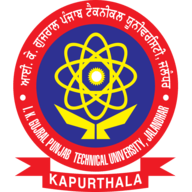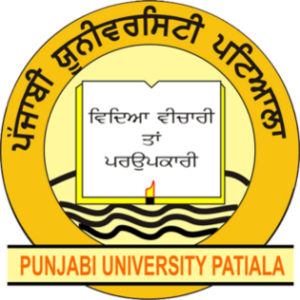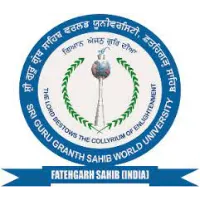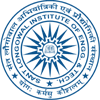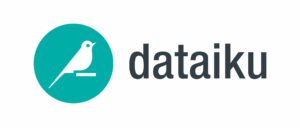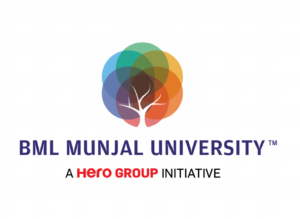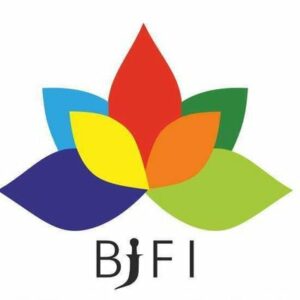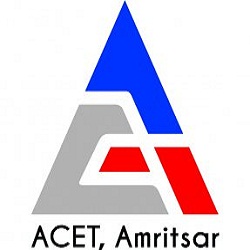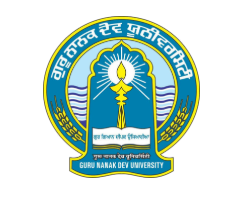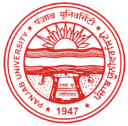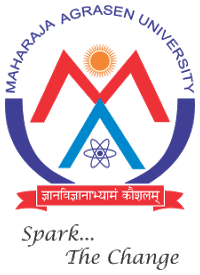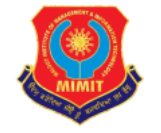Sat Sri Akal Punjab
Project Description
We are working on 400 acres of farmland in Chattbir, Chandumajra & Landran, Punjab, India. The project started in February 2021.
Along with a team of 12 members:

The Designation
Lorem Ipsum Dolor
Lorem ipsum dolor sit amet, consectetur adipiscing elit, sed do eiusmod tempor incididunt ut

The Designation
Lorem Ipsum Dolor
Lorem ipsum dolor sit amet, consectetur adipiscing elit, sed do eiusmod tempor incididunt ut

The Designation
Lorem Ipsum Dolor
Lorem ipsum dolor sit amet, consectetur adipiscing elit, sed do eiusmod tempor incididunt ut

The Designation
Lorem Ipsum Dolor
Lorem ipsum dolor sit amet, consectetur adipiscing elit, sed do eiusmod tempor incididunt ut

The Designation
Lorem Ipsum Dolor
Lorem ipsum dolor sit amet, consectetur adipiscing elit, sed do eiusmod tempor incididunt ut

The Designation
Lorem Ipsum Dolor
Lorem ipsum dolor sit amet, consectetur adipiscing elit, sed do eiusmod tempor incididunt ut

The Designation
Lorem Ipsum Dolor
Lorem ipsum dolor sit amet, consectetur adipiscing elit, sed do eiusmod tempor incididunt ut

The Designation
Lorem Ipsum Dolor
Lorem ipsum dolor sit amet, consectetur adipiscing elit, sed do eiusmod tempor incididunt ut

The Designation
Lorem Ipsum Dolor
Lorem ipsum dolor sit amet, consectetur adipiscing elit, sed do eiusmod tempor incididunt ut

The Designation
Lorem Ipsum Dolor
Lorem ipsum dolor sit amet, consectetur adipiscing elit, sed do eiusmod tempor incididunt ut

The Designation
Lorem Ipsum Dolor
Lorem ipsum dolor sit amet, consectetur adipiscing elit, sed do eiusmod tempor incididunt ut

The Designation
Lorem Ipsum Dolor
Lorem ipsum dolor sit amet, consectetur adipiscing elit, sed do eiusmod tempor incididunt ut
AGRiculture
Agriculture is one of the oldest and most important professions in the world. People should get creative and become more efficient about how they farm, using less land to produce more crops.
Project Goals
Artificial Intelligence (AI), along with other digital technologies like Internet of Things (IoT), will play a key role in modernizing agricultural activities and realizing the goal of doubling the farmer’s income in near future. The major advantages of incorporating AI and IoT technologies in agriculture are:
- Improve crop productivity
- Soil health monitoring
- Optimization of weed management
- Optimization of weed management
- Detecting crop diseases
- Monitoring crop health
- Water management
- Price realization for farmers
- Organize data for farmers by IoT
- Insects classification
- Supply chain efficiencies
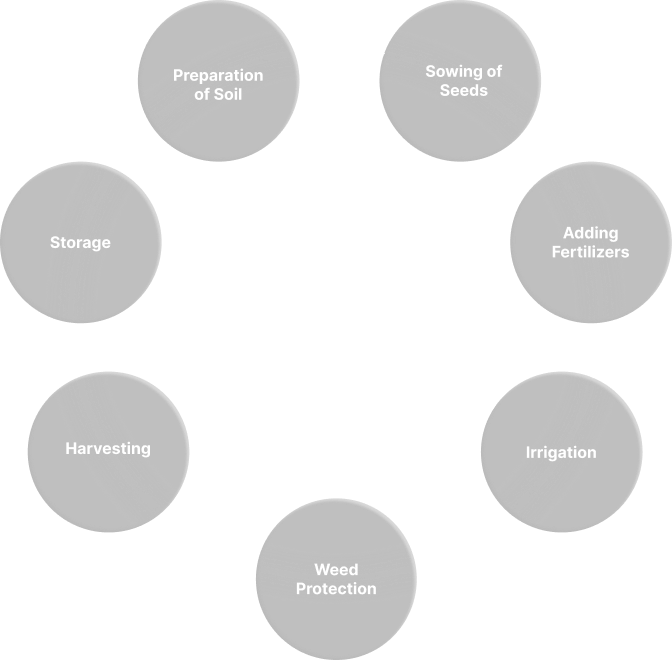
approach
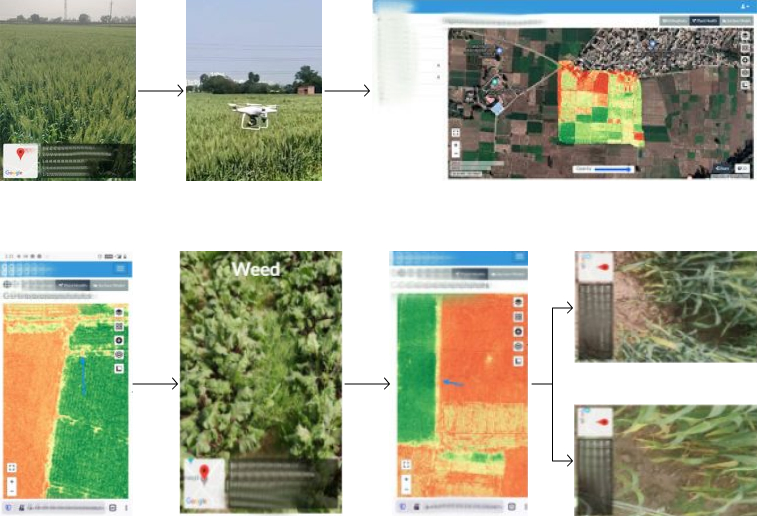
Soil Monitoring
Collection of Moisture
Hyper-local weather Information using IoT devices

Enrich the data locally with global weather data and satellite-image data.

Analyze the data using deep learning and machine learning (ML) to identify disease, insects/pests, and weeds or other causes of crop loss such as water logging due to differences in land elevation and to understand how diversity in crops and flora and other ecological parameters impact yield.
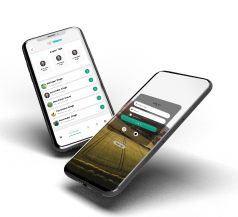
Develop an app for farmers that would lead them to stressed locations for evidence collection and provide them with access to data scientists and experts that can help them make informed decisions based on the data. The app will also provide a social platform for farmers to collaboratively learn effective methods for increasing yield from each other.
Brief on Project Goals
Soil Health Monitoring:
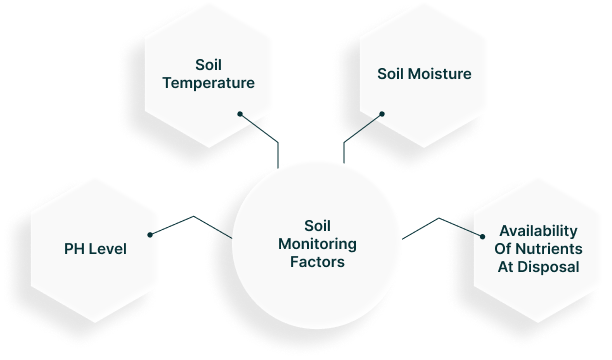
The approach for the same would be focusing upon getting IoT devices on ground in order to have a bigger picture of changes in levels of various constituents.
- The DS18B20 digital thermometer provides 9-bit to 12-bit Celsius temperature measurements and has an alarm function with non-volatile user-programmable upper and lower trigger points. Soil temperature and plant growth are highly correlated. Ideal soil temperature should be maintained for better crop yield.
- The Capacitive Soil moisture sensor provides soil moisture levels. This sensor measures moisture levels by capacitive sensing rather than resistive sensing like other available sensors in the market. It is made of corrosion-resistant material which gives it a long life cycle.
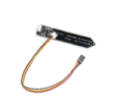
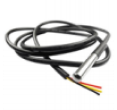
Plant Disease Classification/ Detecting crop diseases
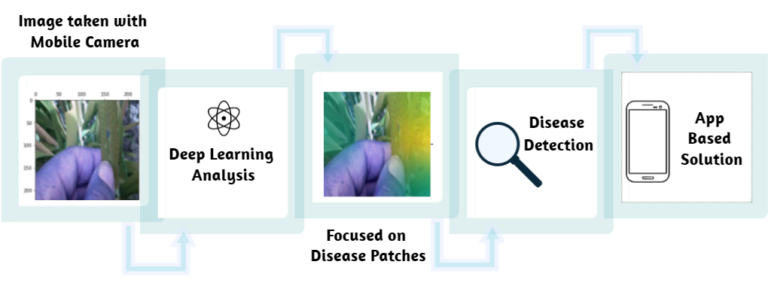
Main Problems
- Limited knowledge of plant diseases and their symptoms.
- Improper use of pesticides and/or fertilizers.
- Timely identification of plant diseases.
Application based solutions
- Deep learning based approach towards classification of healthy and unhealthy plants from images. The solution will look towards real images taken through handheld devices.
- Further enhancement of the application will look towards identifying the nature and reason of the disease from the crop images. Leading towards suggestive proposals to overcome the issue and further monitoring.
- Experts' opinions and suggestions will be provided by the application post detection of the diseased plant.
- The deep learning architecture will be built initially focusing towards the most grown crops, mainly in India but can be further scaled towards recognition of large set of plant diseases with diversified classes of crops.

Monitoring Crop Health
The presence of the adequate amount of Sunlight plays a very crucial role towards a crop’s health. Moreover, the requirement of a particular crop can vary according to the region where it’s grown, this also contributes towards maintaining the required soil temperature.
TSL2591 luminosity sensor is an advanced digital light sensor, ideal for use in a wide range of light situations. This sensor contains both infrared and full spectrum diodes. It can separately measure infrared, full-spectrum, or human-visible light. Most sensors can only detect one or the other.
Water management
We are planning to Extend the IoT approach to understand how the pattern of irrigation would also be advantageous while working towards getting a better crop yield. The devices can be tuned according to the need of a particular crop for example Paddy requires more frequent irrigations as compared to other crops along with a hefty amount.
Both these issues can be tackled by observing the present patterns of irrigation. This would finally lead to automated water management which would allow a farmer to focus on other important aspects of a crop’s health.
Price realization for farmers
The Flutter Application provides a platform to farmers to connect with the buyers as well as with one another. This allows a farmer to compare the rates that are being offered by different buyers along with a profit analysis of their sales compared to the previous years.
Machine learning approaches would be used in order to predict the ideal price that a particular yield should attain.
Insects/ Pest Identification
Problems
- Known and unknown insects.
- Lack of knowledge of insect’s effect on crops.
- Lack of knowledge of treatment of specific classes of insects.
- Lack of knowledge of suitable kinds of pesticides and the amount of pesticides to apply.
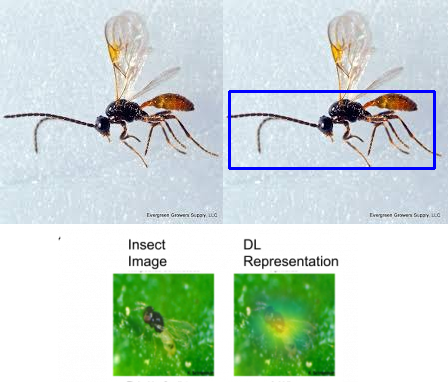
Application-based solutions
- Single-shot localization and classification of insects and birds based on deep learning models.
- The process starts from manually tagging real images taken from farms and training deep learning models for automated object localization and detection of insect species from acquired images.
- Once detected, specialized suggestions can be given to the user regarding the nature of the insect, its effect on a particular crop, and possible pesticide usage if required.
Other IoT devices being used in Project SSA:
Price realization for farmers
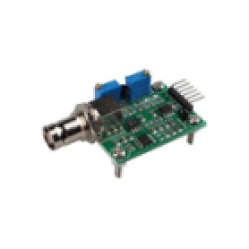
PH Sensor
The pH of the soil controls the availability of nutrients to the plant. The elements themselves are still there, what changes is the form they are in. Plants need the nutrients to be in a form that is water-soluble so they can be taken into the plants ‘bloodstream’ (the sap) and transported to the area required. A change in the pH can change the form and therefore reduce or increase the availability. What makes things complicated is different nutrients are available at different pH ranges.
PH Sensor measures the pH of aqueous solutions in industrial and municipal process applications. It is designed to perform in the harshest of environments, including applications that poison conventional pH sensors. All seals are dual o-ring using multiple sealing materials. The sensor is designed for use with the Omega PHTX-45 Monitor/Analyzer.
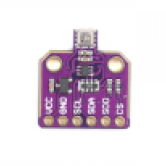
BME680 [Gas Sensor]
The BME680 is a gas sensor that integrates high-linearity and high-accuracy gas and pressure sensors. It can also be used for hyper local weather information including temperature, humidity and pressure. Also BME680 can detect a broad range of gases such as volatile organic compounds (VOC).
Humidity sensors are used for determining the moisture content. Therefore, an accurate and precise means of testing moisture content in air will help farmers monitor their crops.
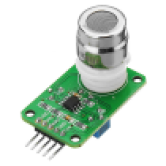
MG811[CO2 Sensor]
MG-811 Carbon Dioxide Sensor Module is a carbon dioxide sensor (CO2) sensor that is a Metal Oxide Sensor sensor, which must heat the tank to the specified level, by supplying power. This will cause heat vapor and separate CO2 from the air. This sensor module has an MG-811 onboard as the sensor component. A signal output circuit for heating the sensor. The MG-811 is highly sensitive to CO2 and less sensitive to alcohol and CO. The output voltage of the CO2 increases.
The Investigators

The Principal Investigator
Dr. Sarabjot Singh Anand
Co-founder of Tatras Data and Sabudh Foundation and Director- CSE at BML Munjal University)

The Co-Principal Investigator
Dr. Anirban Chakraborti
Dean- Research at BML Munjal University

The Co-Principal Investigator
Ms. Akhila Prabhakaran
Consultant Technologist with the Supercomputer Education and Research Center (SERC) at IISc
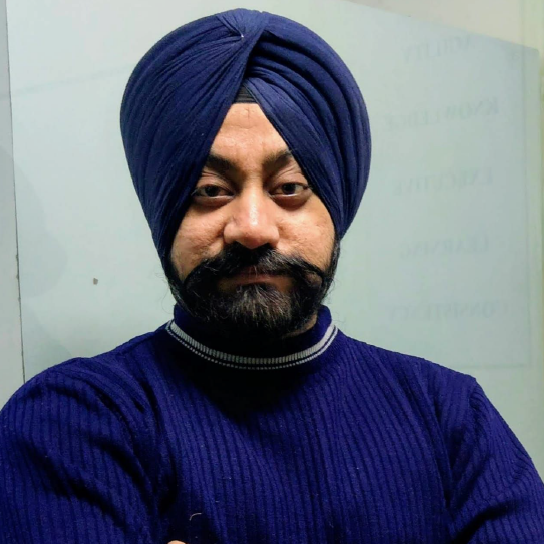
The Co-Principal Investigator
Mr. Ramandeep Singh
Associate Director at ODA

